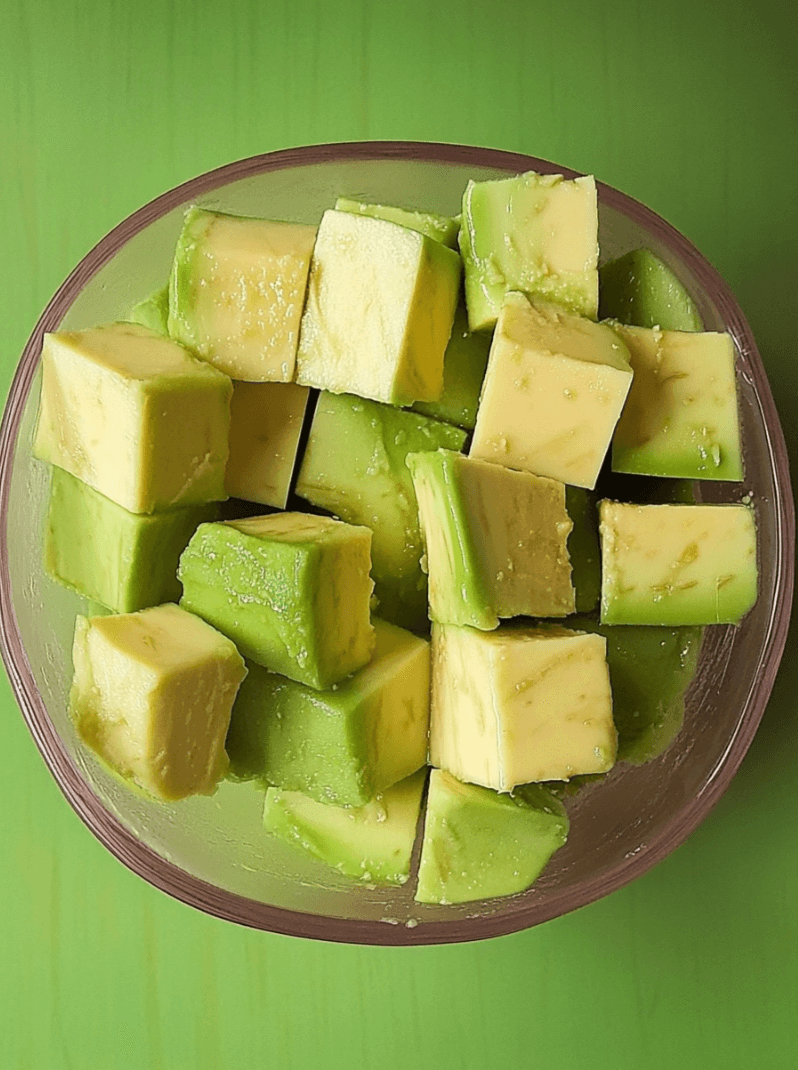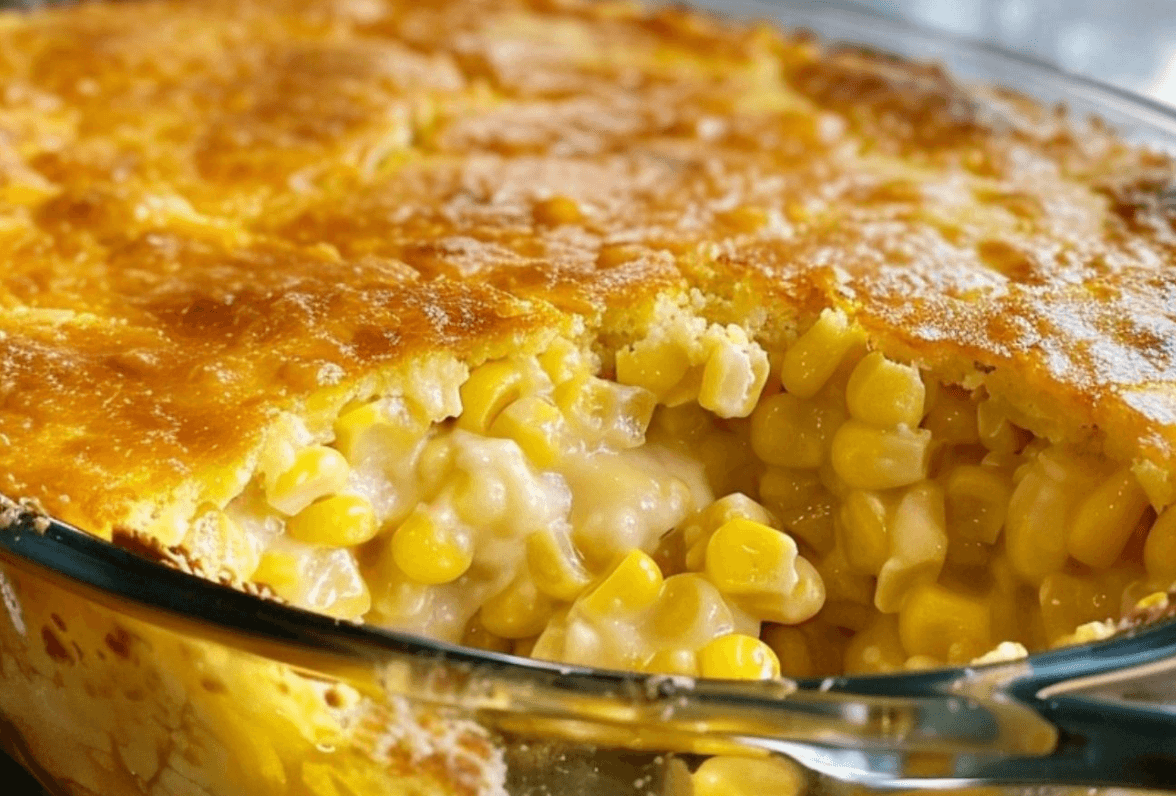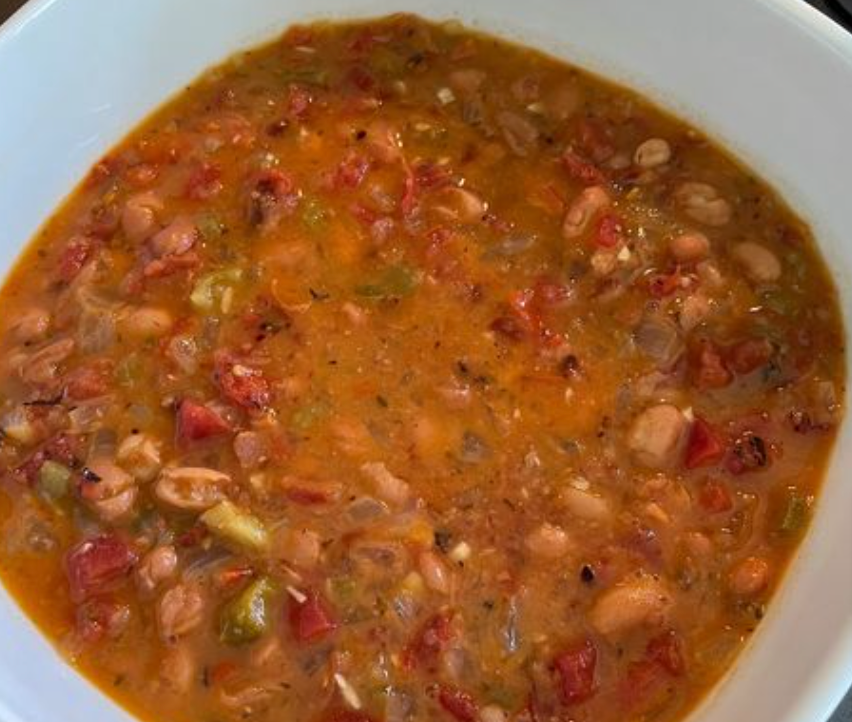Avocados are one of the most versatile and nutritious foods you can have in your kitchen. They are rich in heart-healthy fats, loaded with fiber, and packed with vitamins and minerals like potassium and folate. While they are most famous for their role in guacamole, avocados can be used in a wide range of recipes—from salads and smoothies to desserts. However, knowing how to handle and store avocados properly can sometimes be tricky. In this guide, we’ll cover essential tips and tricks for working with avocados, along with some delicious and creative recipes to make the most of this creamy fruit.
How to Choose and Store Avocados
Before diving into the best ways to use an avocado, it’s important to know how to select a perfectly ripe one. Avocados ripen after they are harvested, so it’s common to find both unripe and overripe avocados in stores.
Choosing an Avocado
- Look for texture: A ripe avocado will give slightly when you apply gentle pressure. If it’s rock hard, it’s not yet ripe; if it’s too mushy, it’s overripe.
- Check the stem: Gently pop the small stem or cap off the top of the avocado. If it comes off easily and you see green underneath, the avocado is ripe. If it’s brown or difficult to remove, the avocado might be overripe.
- Color: The skin of a Hass avocado changes from bright green to dark green or almost black when it’s ripe. Other varieties, such as the Florida avocado, remain green when ripe, so always rely on touch and the stem test in addition to color.
Storing Avocados
- Ripening an avocado: If you have an unripe avocado, store it at room temperature. To speed up the ripening process, place the avocado in a paper bag with an apple or banana. The ethylene gas released by these fruits will help the avocado ripen faster.
- Storing cut avocados: After you’ve cut into an avocado, it can quickly turn brown due to oxidation. To prevent this, squeeze some lemon or lime juice over the exposed flesh and store it in an airtight container. Keeping the pit in also helps reduce browning.
- Freezing avocados: If you have too many ripe avocados, you can freeze them. Mash or cube the avocado, sprinkle with lemon juice, and store it in an airtight container or a freezer bag. While frozen avocado may not work well for slices or cubes, it’s perfect for smoothies or guacamole.
Preventing Browning: How to Keep Avocados Fresh
One of the most common challenges with avocados is preventing them from turning brown once they’re cut. When exposed to air, the flesh oxidizes, leading to browning. While the brown part is safe to eat, it doesn’t look as appealing. Here are a few tips to keep your avocados looking fresh:
- Citrus juice: As mentioned earlier, the citric acid in lemons and limes can slow down the browning process. After cutting your avocado, lightly brush the surface with lemon or lime juice.
- Olive oil: Another method is to brush the cut surface with a thin layer of olive oil. This creates a protective barrier between the avocado and the air.
- Plastic wrap: If you don’t plan on using the avocado immediately, tightly wrap it in plastic wrap, making sure the wrap is directly touching the flesh to minimize air exposure.
Delicious Avocado Recipes
Now that you know how to handle and store avocados, let’s explore a few creative and delicious ways to use this nutrient-packed fruit.
1. Classic Guacamole
No list of avocado recipes would be complete without guacamole. This Mexican dip is simple to make and always a crowd-pleaser.
Ingredients:
- 2 ripe avocados
- 1 lime (juiced)
- 1 small onion (finely chopped)
- 1 small tomato (diced)
- 1 clove garlic (minced)
- 1 tablespoon cilantro (chopped)
- Salt and pepper to taste
Instructions:
- Scoop out the avocado flesh into a bowl and mash it with a fork.
- Add lime juice, onion, tomato, garlic, and cilantro.
- Stir everything together and season with salt and pepper to taste. Serve with tortilla chips or as a topping for tacos.
2. Avocado Toast with a Twist
Avocado toast is a healthy and quick breakfast option. For a twist, try using cubed avocado instead of mashed for added texture.
Ingredients:
- 1 ripe avocado (cubed)
- 2 slices of whole-grain bread (toasted)
- Olive oil
- Salt, pepper, and chili flakes to taste
- Optional toppings: poached egg, cherry tomatoes, radish slices
Instructions:
- Drizzle olive oil on toasted bread slices.
- Top with cubed avocado, and sprinkle with salt, pepper, and chili flakes.
- Add any desired toppings, such as a poached egg or tomatoes, for extra flavor.
3. Avocado Smoothie
Did you know that avocados make an excellent smoothie ingredient? They add creaminess without overpowering the other flavors.
Ingredients:
- 1 ripe avocado
- 1 banana
- 1 cup almond milk (or any milk of your choice)
- 1 tablespoon honey or maple syrup (optional)
- Ice cubes (optional)
Instructions:
- Add all the ingredients to a blender and blend until smooth.
- Pour into a glass and enjoy this creamy, nutrient-dense smoothie.
4. Avocado Chocolate Mousse
Avocado in dessert? Yes, it works! The smooth texture of avocados makes them a perfect base for chocolate mousse, and the taste of avocado is completely masked by the rich chocolate.
Ingredients:
- 2 ripe avocados
- ¼ cup cocoa powder
- ¼ cup maple syrup or honey
- 1 teaspoon vanilla extract
- A pinch of salt
Instructions:
- In a blender, combine all the ingredients and blend until smooth.
- Adjust sweetness to taste, and refrigerate the mousse for at least 30 minutes before serving. Garnish with berries or a dollop of whipped cream.
5. Avocado Salad with Citrus Dressing
For a light and refreshing salad, combine avocado with citrus fruits for a burst of flavor.
Ingredients:
- 2 ripe avocados (sliced or cubed)
- 1 grapefruit or orange (segmented)
- 2 cups mixed greens
- ¼ cup red onion (thinly sliced)
- 1 tablespoon olive oil
- 1 tablespoon lemon juice
- Salt and pepper to taste
Instructions:
- Toss the greens, avocado, citrus segments, and red onion together in a bowl.
- Whisk together olive oil, lemon juice, salt, and pepper to make a dressing. Drizzle over the salad and serve.
Why You Should Eat More Avocados
Incorporating more avocados into your diet is an easy way to improve your nutrition. Avocados are rich in monounsaturated fats, which are heart-healthy and can help reduce bad cholesterol levels. They also contain more potassium than bananas, making them excellent for maintaining healthy blood pressure. Additionally, their high fiber content aids digestion and helps keep you feeling full for longer.
Whether you’re adding avocado cubes to a salad, making classic guacamole, or trying something new like avocado chocolate mousse, this fruit offers endless culinary possibilities. With its creamy texture, mild flavor, and impressive health benefits, avocados truly deserve a spot in your everyday meals. Now that you’ve learned a few tips and tricks for choosing, storing, and using avocados, you’re ready to take your avocado game to the next level. Enjoy experimenting with this superfood in new and exciting ways!






